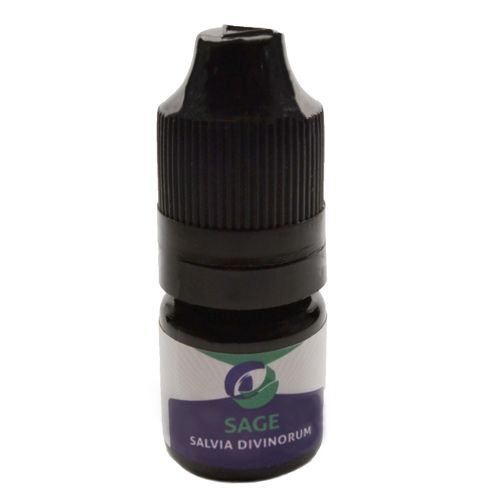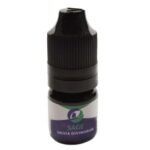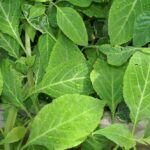Salvia divinorum (also known as sage of the diviners, ska maría pastora, seer’s sage, yerba de la pastora or simply salvia) is a plant species with transient psychoactive properties when its leaves are consumed by chewing, smoking or as a tea. The leaves contain opioid-like compounds that induce hallucinations.
Salvia divinorum is a fast-acting hallucinogenic herb that’s become a popular recreational drug among teenagers and young adults. Although salvia isn’t illegal according to federal law, a handful of states and a number of countries have passed laws to regulate its use.
Still, it’s often called a “legal” trip because it can mimic the effects of illicit substances like LSD and ecstasy though salvia’s effects don’t last as long—usually around 8 minutes—after which, they taper off.
Also Known As: Salvia is also commonly called Magic Mint, Sally-D, Diviner’s Sage, Ska Maria Pastora, Seer’s Sage, Shepherdess’s Herb, Lady Sally, Purple Sticky, and Incense Special.
Common Side Effects: Side effects of the drug can include visual distortions and hallucinations, intense dissociation and disconnections from reality, disorientation or dizziness, synesthesia (“hearing” colors of “smelling sounds), cartoon-like imagery, improved mood, and uncontrollable laughter.
Salvia is a drug that produces visual hallucinogenic effects similar to those people can experience with narcotics such as LSD. Some users claim that they have mystical and spiritual experiences after taking it.
Salvia, or Salvia divinorum, is an herbal mint plant and a naturally occurring hallucinogen that is native to Mexico. It is a member of the sage family. People use it as a recreational drug.
There are concerns that salvia may affect a person’s thinking, choices, and mental health. The long-term impact of using it remains unclear.
In this article, we find out what salvia is, how it works, and explain the effects and risks of taking it as a recreational drug.


